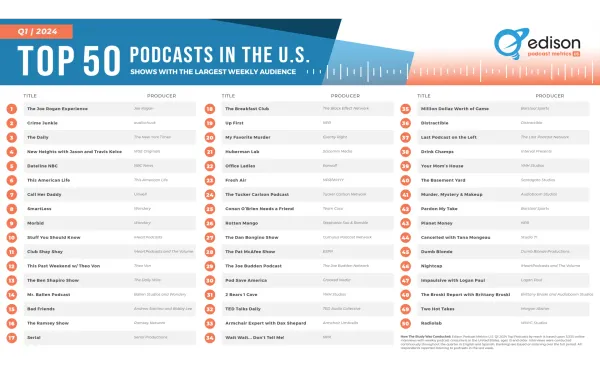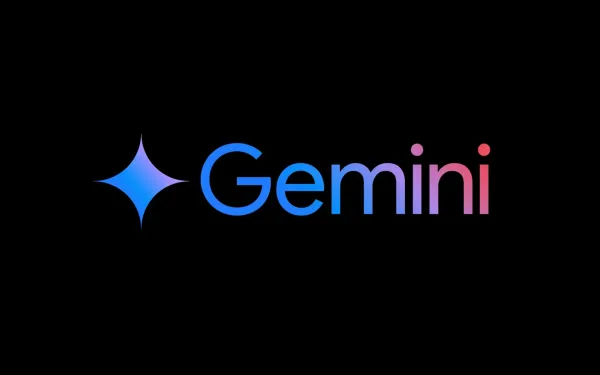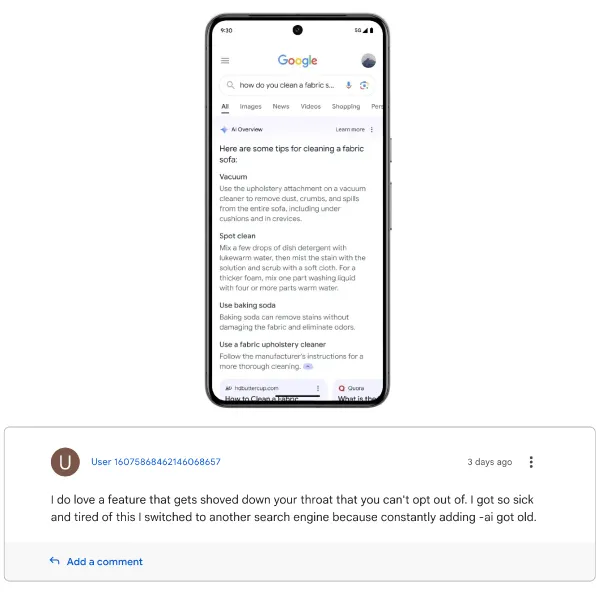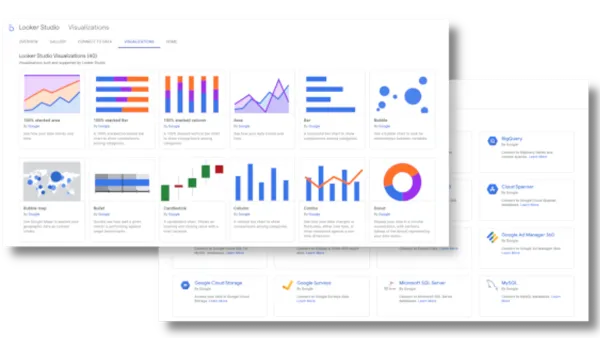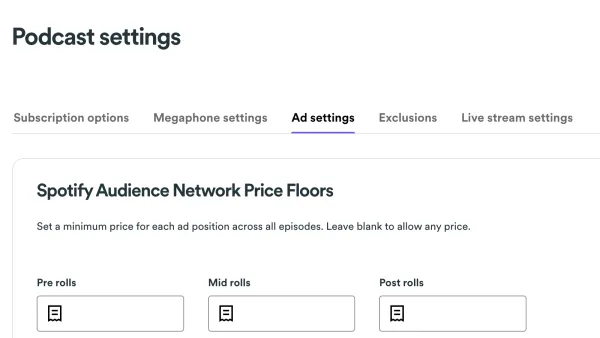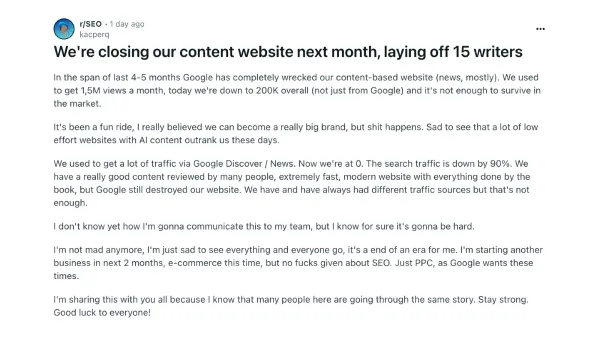IAS releases Media Quality Report 2024: Fraud, Viewability, and Brand Risk trends
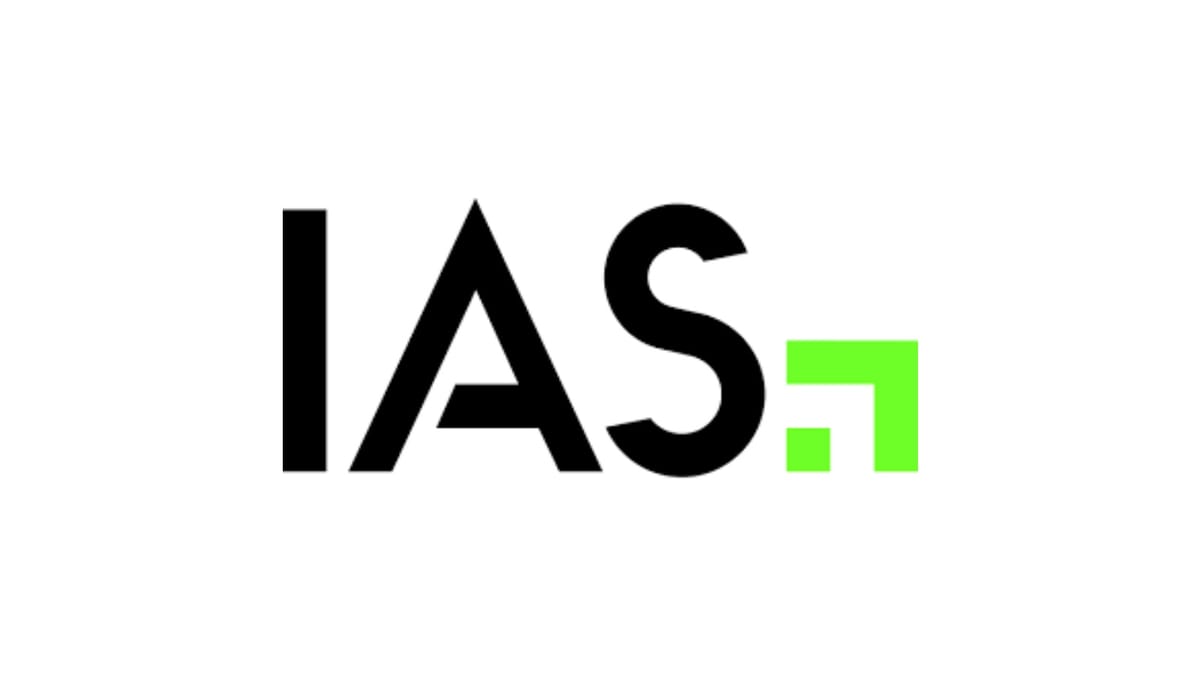
Integral Ad Science (IAS), a leading digital media measurement and verification company, released the 19th edition of its Media Quality Report (MQR) on May 7, 2024. This annual report provides marketers with valuable insights into the current state of digital media quality, including key trends, regional variations, and actionable data for campaign optimization.
The digital advertising landscape is constantly evolving, presenting both opportunities and challenges for marketers. New platforms emerge, consumer behavior shifts, and technological advancements impact campaign delivery.
According to a study by the World Federation of Advertisers (WFA), media quality concerns are a top priority for brand safety and risk management teams. The MQR serves as a critical resource for marketers navigating this dynamic environment, allowing them to benchmark their campaigns against industry standards and identify areas for improvement.
The 19th edition of the MQR highlights several key trends that marketers should be aware of:
- Ad Fraud Remains a Significant Threat: The report emphasizes the ongoing threat of ad fraud, with unprotected campaigns experiencing fraud rates 14 times higher compared to those with fraud protection measures in place. This highlights the importance of utilizing fraud detection and prevention solutions to ensure campaign budgets are directed towards legitimate ad placements.
- Viewability Declines: The MQR also reveals a concerning decline in viewability rates, with time-in-view hitting a new low in the second half of 2023. Viewability is a crucial metric that indicates whether an ad is actually seen by a user. Lower viewability rates suggest that a significant portion of ad spend might be wasted on impressions that never reach the target audience.
- Brand Risk on the Rise in the Americas: The report notes an increase in brand risk within the Americas, particularly during election cycles. Brand risk refers to the potential for a brand's reputation to be negatively impacted by the content or environment in which its ads appear. The rise in brand risk during elections suggests a heightened need for contextual targeting strategies to ensure brand messages are aligned with appropriate content.
The MQR equips marketers with actionable insights to navigate these trends and optimize their digital advertising campaigns. By understanding the prevalence of ad fraud, the importance of viewability, and the risks associated with specific contexts, marketers can make data-driven decisions regarding campaign settings, budget allocation, and technology adoption.
For instance, the report's findings on ad fraud highlight the need for marketers to invest in robust fraud detection solutions. Similarly, declining viewability rates suggest the potential benefit of exploring viewable impressions as a bidding strategy. Understanding the rise in brand risk during elections allows marketers to implement stricter contextual targeting parameters to mitigate risk and ensure brand safety.
The Integral Ad Science Media Quality Report is a valuable resource for marketers seeking to optimize their digital advertising efforts. By providing insights into key trends, regional variations, and industry benchmarks, the MQR empowers marketers to make informed decisions that maximize campaign effectiveness and minimize risks associated with ad fraud, low viewability, and brand safety concerns. By leveraging the data and insights provided in the MQR, marketers can navigate the ever-changing digital landscape with greater confidence and achieve superior campaign results.


